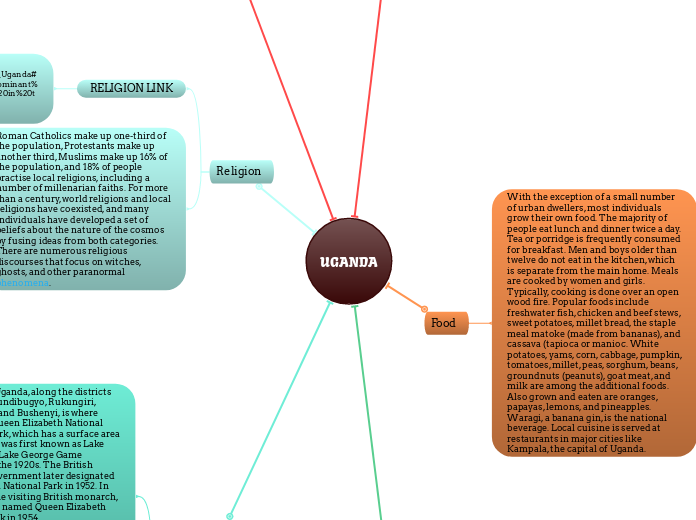af Diell Salihu 2 år siden
163
UGANDA
Uganda's history and national identity are marked by significant economic and cultural divides. The economic disparity is evident between pastoralists in the drier regions and agriculturists in the more fertile highlands and lakeside areas.









